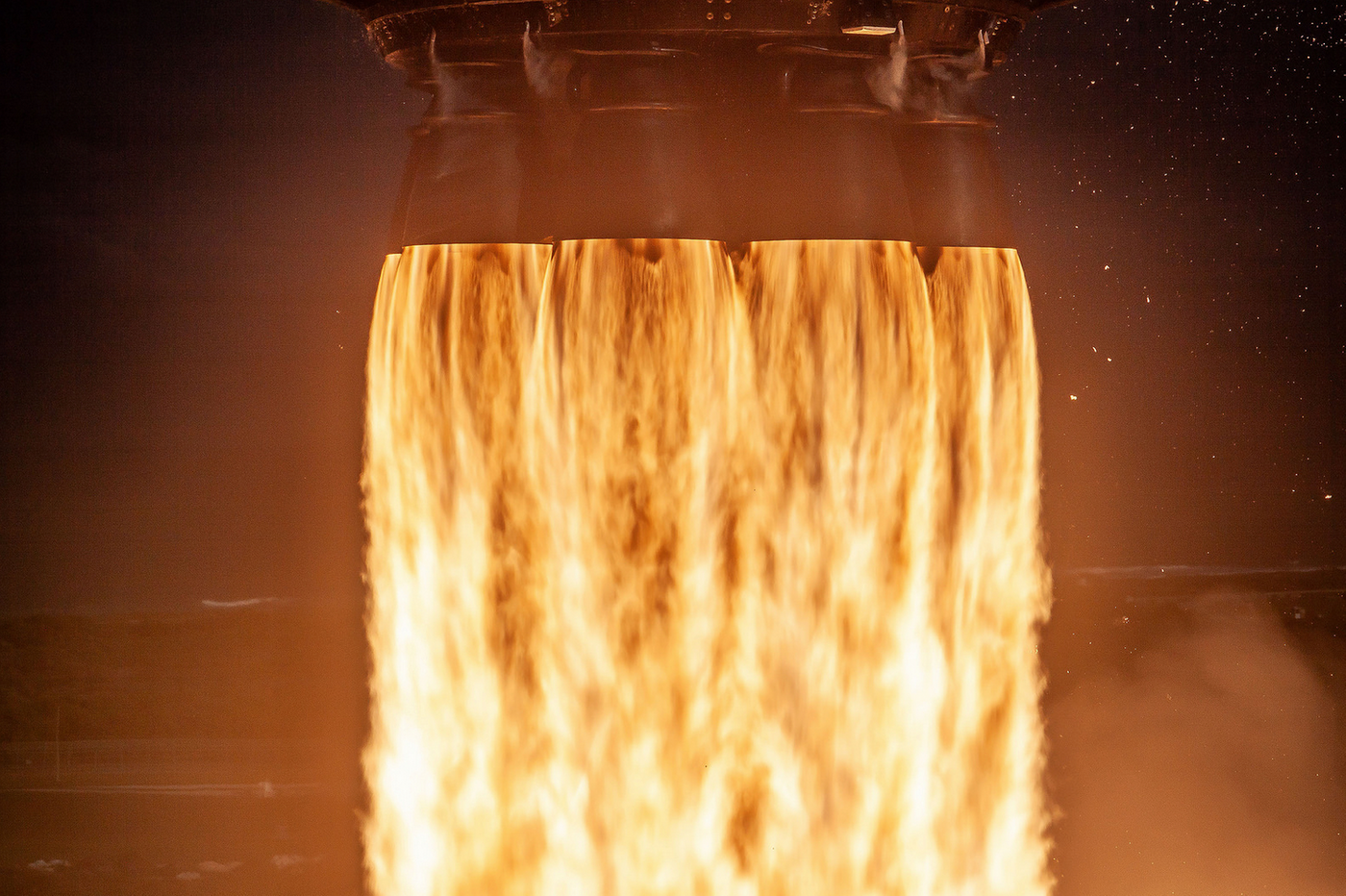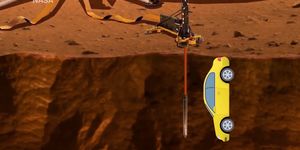International Space Station Receives Fresh Supplies From Back-to-Back Rocket Launches
Both the United States and Russian space agencies share the burden of sending fresh food, fuel, and supplies to the International Space Station every few months, but it’s not too often that these resupply missions launch back-to-back as they did this weekend.
Rockets carrying said supplies were launched from both sides of the world this weekend, a move that would help the Expedition 57 crew members on the International Space Station continue scientific operations as usual.
Image Credit: SpaceX/Tumblr
Roscosmos’ resupply mission encompassed a Soyuz rocket and Progress 71 capsule that ignited its engines from the Baikonur Cosmodrome on Friday, while NASA’s resupply mission involved a Northrop Grumman-made Antares rocket and Cygnus capsule that blasted off from a launch pad in Virginia.
This mission was particularly noteworthy for Roscosmos because it was the first time a Soyuz rocket had flown since the failed launch in mid-October that fell short of delivering two new crew members – an American astronaut and a Russian cosmonaut – to the International Space Station.
Related: International Space Station crew members repair an air leak
The payloads lofted by the Antares and Soyuz rockets were rather significant, weighing anywhere from 5,600 to 7,400 pounds. Both resupply capsules docked safely with the International Space Station on Sunday, just a few hours apart from one another. Citing NASA, the Cygnus spacecraft was the first to reach its destination.
In addition to standard portions of food and fuel, the duo of resupply spacecraft carried new science experiments that will keep International Space Station crew members busy for weeks to come. NASA’s payload in particular reportedly included a Thanksgiving feast large enough to feed the small family of three in preparation for the upcoming American holiday this week.
Despite the recent mishap that left the International Space Station a bit short-handed for the time being, Roscosmos anticipates sending three new crew members to Earth-orbiting space lab via Soyuz rocket by December 3rd – just two weeks from now; this will raise the International Space Station’s crew count to six and bring scientific research back up to speed.
Notably, 2019 will be a big year for NASA. The American space agency is expected to bring crewed space launches back to American soil with the help of commercial space industry leaders like Boeing and SpaceX. Both companies participated in International Space Station resupply missions previously.









